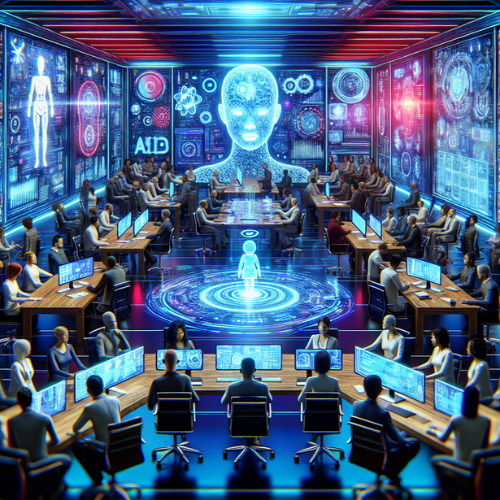By Eric Ardan | July 31, 2025
When most of us think about artificial intelligence, we picture robots, virtual assistants, or perhaps automated stock trading. But halfway across the world in Far North Queensland, Australia, AI is taking on an entirely different role—saving the lives of cassowaries, one of the world’s most endangered and enigmatic birds.
The Cassowary Problem
Often called the “world’s most dangerous bird” due to its powerful legs and dagger-like claws, the cassowary is a shy and solitary creature critical to rainforest ecosystems. Yet their most pressing threat is not predators or climate change—it’s vehicles. Road strikes have been a growing cause of death for these flightless giants as development creeps into their habitat.
Enter AI. In a recent camera trial reported by ABC News, an artificial intelligence system was implemented to detect cassowaries near roadways. When a bird was detected, signs would alert approaching drivers in real-time. The results? A measurable decrease in cassowary deaths due to vehicle collisions.
Smarter Cameras, Safer Wildlife
What makes the technology so effective is its ability to distinguish cassowaries from other animals, vehicles, and even humans. Unlike motion-triggered cameras that trigger alerts for every leaf that flutters by, these AI-enabled systems use image recognition algorithms to identify cassowaries specifically—providing alerts only when it truly matters.
These smart camera systems are not just reactive; some versions are integrated with thermal imaging and predictive modeling, enabling them to work in low-light and anticipate wildlife movement patterns. This kind of innovation gives hope not just for cassowaries but for other vulnerable species around the globe.
Why This Matters: Scaling AI in Conservation
Wildlife conservation has traditionally relied on manual monitoring, tagging, and lots of patience. But those methods are slow, expensive, and often too little, too late. AI offers a faster, scalable alternative—processing thousands of hours of camera footage that would be impossible for humans to analyze without burning out first.
Imagine similar AI systems deployed to track elephants in Africa, monitor jaguar movement in the Amazon, or even patrolling the oceans for illegal fishing. The potential is vast, from stopping poachers in real-time to enabling scientists to respond swiftly to ecological threats.
The Challenge: Tech Meets Ethics
The promise of AI in conservation isn’t without complications. There’s always the risk of communities becoming overly reliant on technology at the expense of local labor or traditional ecological knowledge. There are also concerns around surveillance: what data is being collected, who owns it, and how is it used?
Balancing innovation with ethics will be essential. Conservationists and technologists must collaborate closely, involving local communities to build trust and ensure that technology complements—rather than replaces—human expertise.
Looking Ahead: A Blueprint for Global Impact
The cassowary trial is more than a feel-good story—it’s a working prototype for how AI can be used responsibly in real-world conservation scenarios. It’s not just a proof of concept; it’s a proof of hope.
With tools like these, we don’t just get data; we get decisions—fast, informed, and potentially life-saving. As funding pours into large-scale AI initiatives (like the U.S. National Science Foundation’s recent $100 million investment), it’s time to remember that some of that firepower could and should be directed toward planetary stewardship.
Conclusion: AI Isn’t Just About Us
As we sprint toward building ever more powerful AI, it’s easy to think of it as a human-focused tool—designed to increase productivity, wealth, or safety for us. But projects like the cassowary camera remind us: AI is agnostic to species. It can be deployed for the good of everything that shares this Earth with us.
If we want to preserve not just our future, but the biological richness that makes life on Earth worth living, AI could be one of our most potent—and unexpected—tools.
Want to learn more? Follow projects by the World Wildlife Fund or check out the latest in AI conservation research from Conservation AI.
“`
